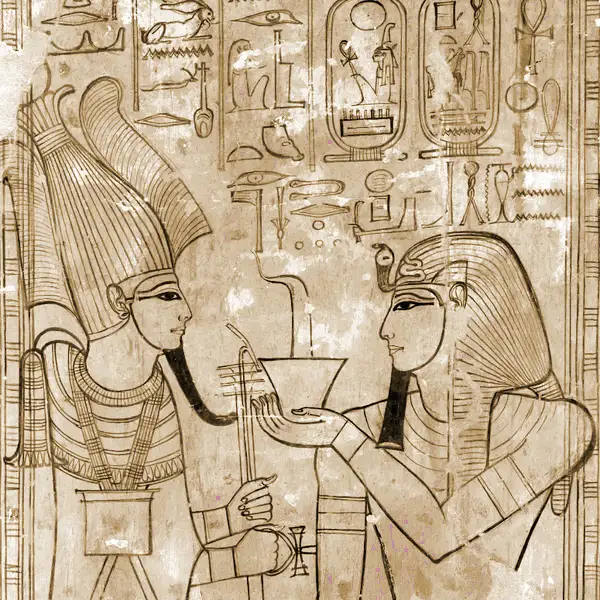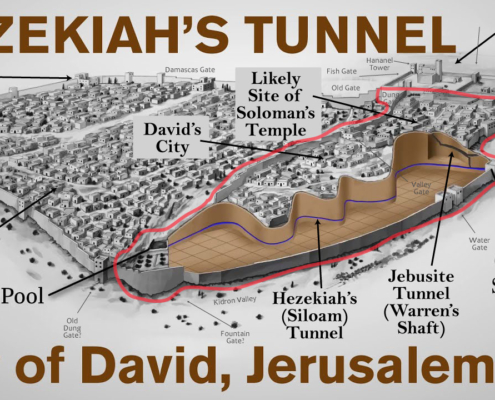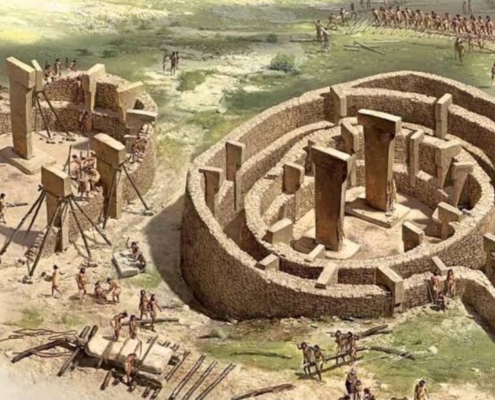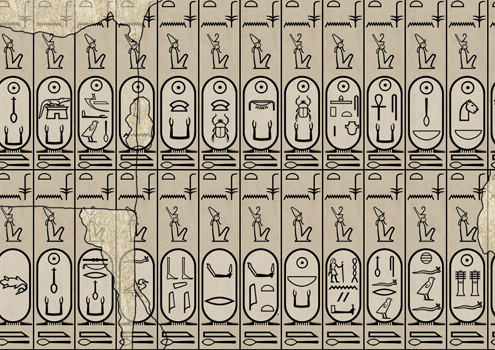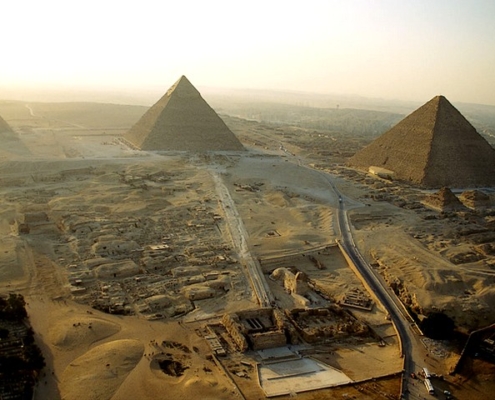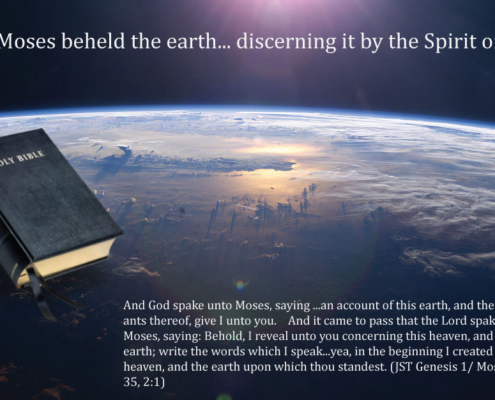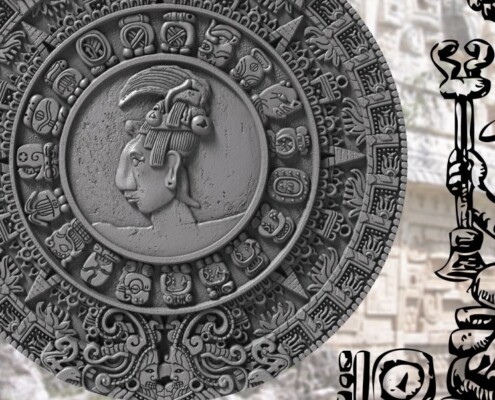Resources for the study of Egypt
I’ve spent an ungodly amount of time on Egyptian chronology over the last few years. For good reason, it stands as the linchpin on which most of our current prehistory chronology hangs. The problem is… I’m almost certain its off in several important time periods. Sorting out the truth of these errors is essential for not only ancient near-eastern studies, but also Mesoamerican prehistory, as radiocarbon calibration curves rely heavily on dynastic Egyptian information to correlate Sumerian & Babylonian king lists & events as well radiocarbon dates to calendar dates. (To revise known radiocarbon variations such as that of the Hallstatt Plateau).
On this page I have compiled a list of useful resources for studying Egyptian Chronology. As well as the beginnings of my revised Chronology book and a few of my other thoughts/articles. The linchpin of my revised chronology is a segment in the ancient Kolbrin text which believingly correlates the reign of Pharaoh Ahmose with King David of Israel. Exploring this possibility has led to truly unbelievable correlations between Egyptian & Mesopotamian archaeology and history. Specifically working from the premise that the early Hyksos centered in Avaris were NOT in any way related to Moses, but were in fact an Amorites and Philistine kingdom which was conquered by Saul & David. And that early Biblically misinformed historians and archaeologists created a false correlation that has consequences on modern radiocarbon correlations for early Egypt.
Parallels of Manetho’s Pharaoh Kinglists
Manetho is preserved by three major later authors who transcribed his pharaohic kinglists. In this post we build on the work of Lundström to build a harmonization of kinglists in order to piece together the chronology of ancient Egypt.
This list is just a quick and dirty comparison. My more in depth comparison of these king lists with actual monumental inscriptions in Egypt can be found on my google spreadsheet. (link coming soon)
Excerpts of Manetho
Manetho is believed to have been an Egyptian priest from Sebennytos who lived in the Ptolemaic Kingdom in the early third century BC (285–246 BC).
He authored the Aegyptiaca (History of Egypt) in Greek, a major chronological source for the reigns of the kings of ancient Egypt. It is unclear whether he wrote his history and king list during the reign of Ptolemy I Soter or Ptolemy II Philadelphos, but it was completed no later than that of Ptolemy III Euergetes. The best online version I’ve found of his works is Topo text.
Histories of Herodotus
 The Histories of Herodotus is considered the founding work of history in Western literature. Written around 430 BC in the Ionic dialect of classical Greek, The Histories serves as a record of the ancient traditions, politics, geography, and clashes of various cultures that were known in Greece, Western Asia and Northern Africa at that time.
The Histories of Herodotus is considered the founding work of history in Western literature. Written around 430 BC in the Ionic dialect of classical Greek, The Histories serves as a record of the ancient traditions, politics, geography, and clashes of various cultures that were known in Greece, Western Asia and Northern Africa at that time.
It stands as one of the earliest accounts of the rise of the Persian Empire, as well as the events and causes of the Greco-Persian Wars between the Persian Empire and the Greek city-states in the 5th century BC. Herodotus portrays the conflict as one between the forces of slavery (the Persians) on the one hand, and freedom (the Athenians and the confederacy of Greek city-states which united against the invaders) on the other. The Histories was at some point divided into the nine books that appear in modern editions, conventionally named after the nine Muses. The ancient author Diodorus likely based a good deal of his books on Herodotus, but adds considerable details. A newer translation is also available here (Histories, Rawlinson 2013). The best online version I’ve found is by Topos text.
Histories of Diodorus
 Diodorus Siculus, (of Sicily) was an ancient Greek historian living between 60 and 30 BC. He is known for writing the monumental universal history Bibliotheca historica, in forty books, fifteen of which survive intact, and three of which cover the history of Egypt. The history is arranged in three parts. The first covers mythic history up to the destruction of Troy, arranged geographically, describing regions around the world from Egypt, India and Arabia to Europe. The second covers the time from the Trojan War to the death of Alexander the Great. His works on Egypt rely heavily on Herodotus, although several sources are assumed and he claims first hand information from the priests during his travels in Egypt. The Best online version I’ve found is by Topos text.
Diodorus Siculus, (of Sicily) was an ancient Greek historian living between 60 and 30 BC. He is known for writing the monumental universal history Bibliotheca historica, in forty books, fifteen of which survive intact, and three of which cover the history of Egypt. The history is arranged in three parts. The first covers mythic history up to the destruction of Troy, arranged geographically, describing regions around the world from Egypt, India and Arabia to Europe. The second covers the time from the Trojan War to the death of Alexander the Great. His works on Egypt rely heavily on Herodotus, although several sources are assumed and he claims first hand information from the priests during his travels in Egypt. The Best online version I’ve found is by Topos text.
Pharaoh King-list Spreadsheet
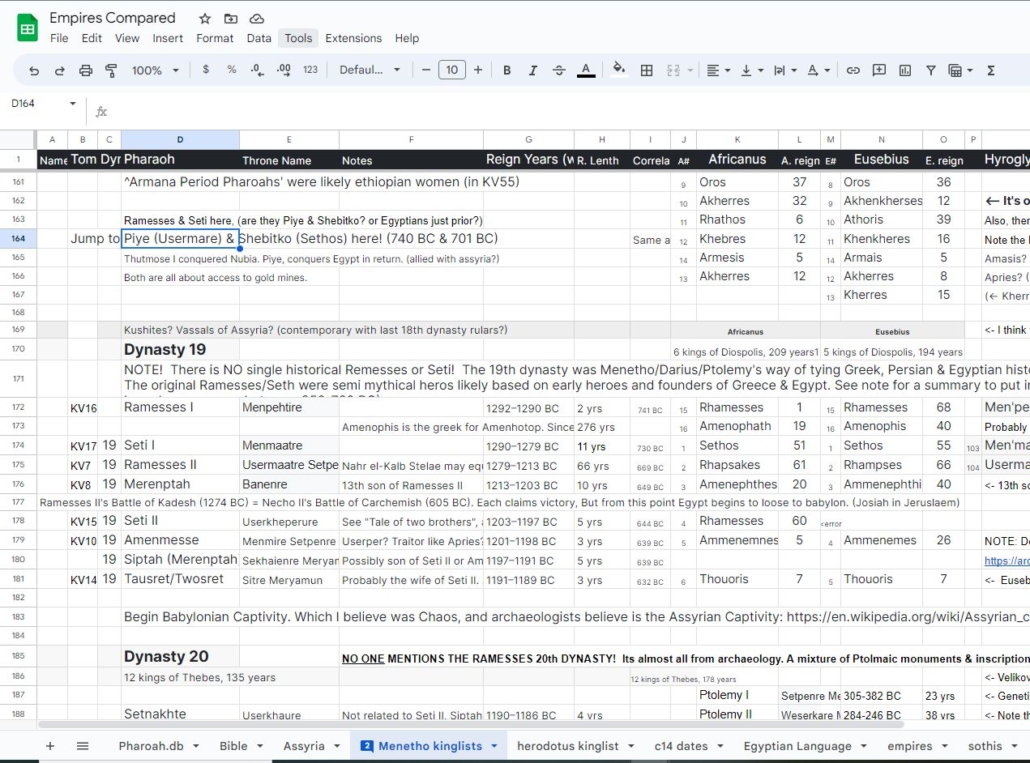 Link to my research spreadsheet with several useful resources. The first page is the beginnings of a database on Egypt’s pharaohs which will feature many fields of useful information. Other important pages include a List of all pharoahs and dynasties correlated with all ‘Manetho king-lists’ as well as the monument king lists from Abydos, Saqara and Karnak. This page also has many important notes and serves as one of the most useful ways to backcheck these sources for accuracy.
Link to my research spreadsheet with several useful resources. The first page is the beginnings of a database on Egypt’s pharaohs which will feature many fields of useful information. Other important pages include a List of all pharoahs and dynasties correlated with all ‘Manetho king-lists’ as well as the monument king lists from Abydos, Saqara and Karnak. This page also has many important notes and serves as one of the most useful ways to backcheck these sources for accuracy.
Also is a Herodotus kinglist with many useful notes from the text. Also the Sothis cycle, and perhaps most importantly a page containing all the radiocarbon dates for Egypt that I come across in my studies. Some might also find the family trees useful or the bible chronology or empire notes and comparisons.
The Kolbrin
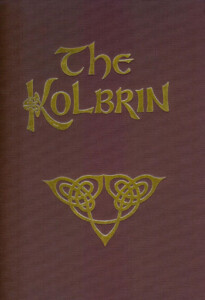 The Kolbrin, contains a substantial amount of obscure Egyptian history and stories. It claims to come from a large collection of manuscripts and tablets engraven on scrolls parchments and even metallic plates by ancient spiritual leaders/historians, taken to Great Britain from the Middle East some time around 800-500 BC. The book is predominantly composed of spiritual material but also contains a fair amount of obscure yet verifiable history. The earliest manuscripts in the book appear to have been written in Egypt at least as early as the first or mid second millennium BC, although most are written and compiled later by a religious cult referred to as “the sons of light.”
The Kolbrin, contains a substantial amount of obscure Egyptian history and stories. It claims to come from a large collection of manuscripts and tablets engraven on scrolls parchments and even metallic plates by ancient spiritual leaders/historians, taken to Great Britain from the Middle East some time around 800-500 BC. The book is predominantly composed of spiritual material but also contains a fair amount of obscure yet verifiable history. The earliest manuscripts in the book appear to have been written in Egypt at least as early as the first or mid second millennium BC, although most are written and compiled later by a religious cult referred to as “the sons of light.”
Egypt & Near East Archaeological explorer
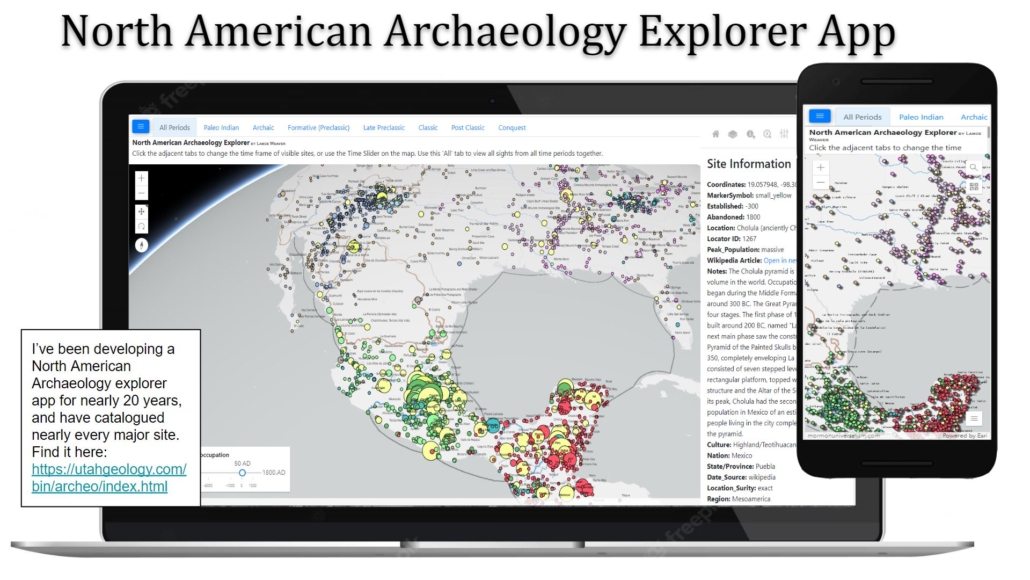 Use this interactive Map to explorer the archaeological sights of Egypt and the Near East. It’s under heavy construction for Old World sites (the N. American Sites are complete). Slide the time-slider to animate the map showing sites as they are settled and abandoned. Storymap like this one coming soon.
Use this interactive Map to explorer the archaeological sights of Egypt and the Near East. It’s under heavy construction for Old World sites (the N. American Sites are complete). Slide the time-slider to animate the map showing sites as they are settled and abandoned. Storymap like this one coming soon.

